The Smithsonian Museums, in cooperation with Autodesk, recently launched a new program and big effort to create 3D renderings of its vast collections of more than 137 million objects. The Smithsonian’s Digitization Program Office, featuring the most advanced 3D scanning and rendering technologies, has developed 3D models from its holdings, a miscellaneous selection including whale fossils, Abraham Lincoln’s head, the Wright Brothers’ flyer, Amelia Earhart’s flight suit, David Livingstone’s gun and many others.
 “With only 1% of collections on display in Smithsonian museum galleries, digitization affords the opportunity to bring the remaining 99% of the collection into the virtual light.” said Günter Waibel, Director of the Digitization Program Office. “All of these digital assets become the infrastructure which will allow not just the Smithsonian, but the world at large to tell new stories about the familiar, as well as the unfamiliar, treasures in these collections.”
“With only 1% of collections on display in Smithsonian museum galleries, digitization affords the opportunity to bring the remaining 99% of the collection into the virtual light.” said Günter Waibel, Director of the Digitization Program Office. “All of these digital assets become the infrastructure which will allow not just the Smithsonian, but the world at large to tell new stories about the familiar, as well as the unfamiliar, treasures in these collections.”
The Collection includes digital objects derived from different applications of 3D capture and printing, now available online for interaction with the public, thanks to a portal and a tool specifically designed.
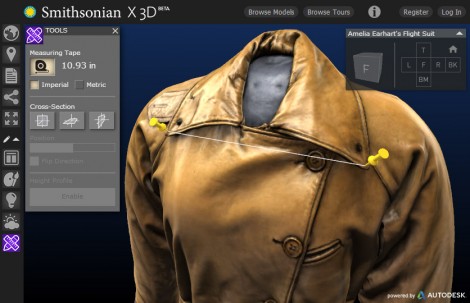
The Smithsonian x3D Explorer allows users to interact with the digital objects in a web browser, to access, view and manipulate these objects, and eventually to print them with a in-house 3D printer, as the raw 3D data from the objects will be made available for downloading for personal and non-commercial use.
The Collection is available here: http://3d.si.edu/browser
The explorer contains a variety of tools for examining these objects: users can to rotate the objects, take accurate measurements between points and adjust color and lighting. The explorer also has a storytelling feature, which allows Smithsonian curators and educators to create guided tours of the models.
The potential in terms of research, accessibility and education is of course very much evident, and this is “another brick in the wall” as for the open data and open access movement. Teachers and other educators can use the data to create 3D models of these objects for use in their classrooms, and to interact with Smithsonian museum objects in new ways.
In particular on the side of education, these 3D objects offer an excellent opportunity to excite and engage students in a valuable, interdisciplinary education experience. To help introducing 3D and its possibilities in schools, Smithsonian educators are creating other new resources, currently being tested in schools across the US, and a blog to exchange experience will be online soon.


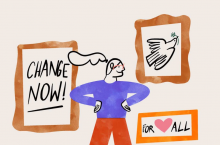
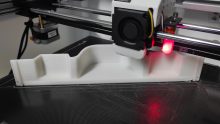
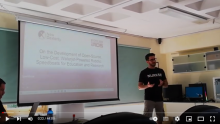
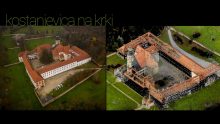
 If you have interesting news and events to point out in the field of digital cultural heritage, we are waiting for your contribution.
If you have interesting news and events to point out in the field of digital cultural heritage, we are waiting for your contribution.
























